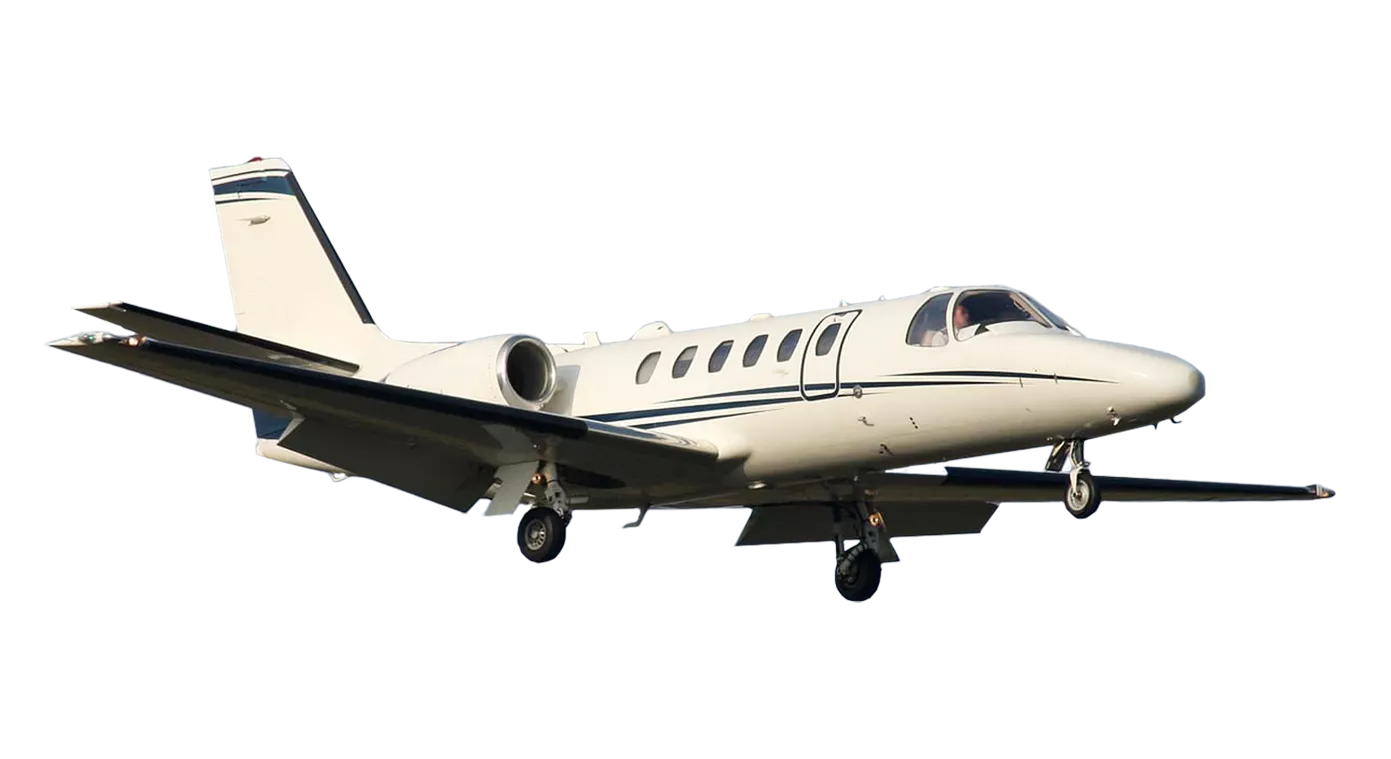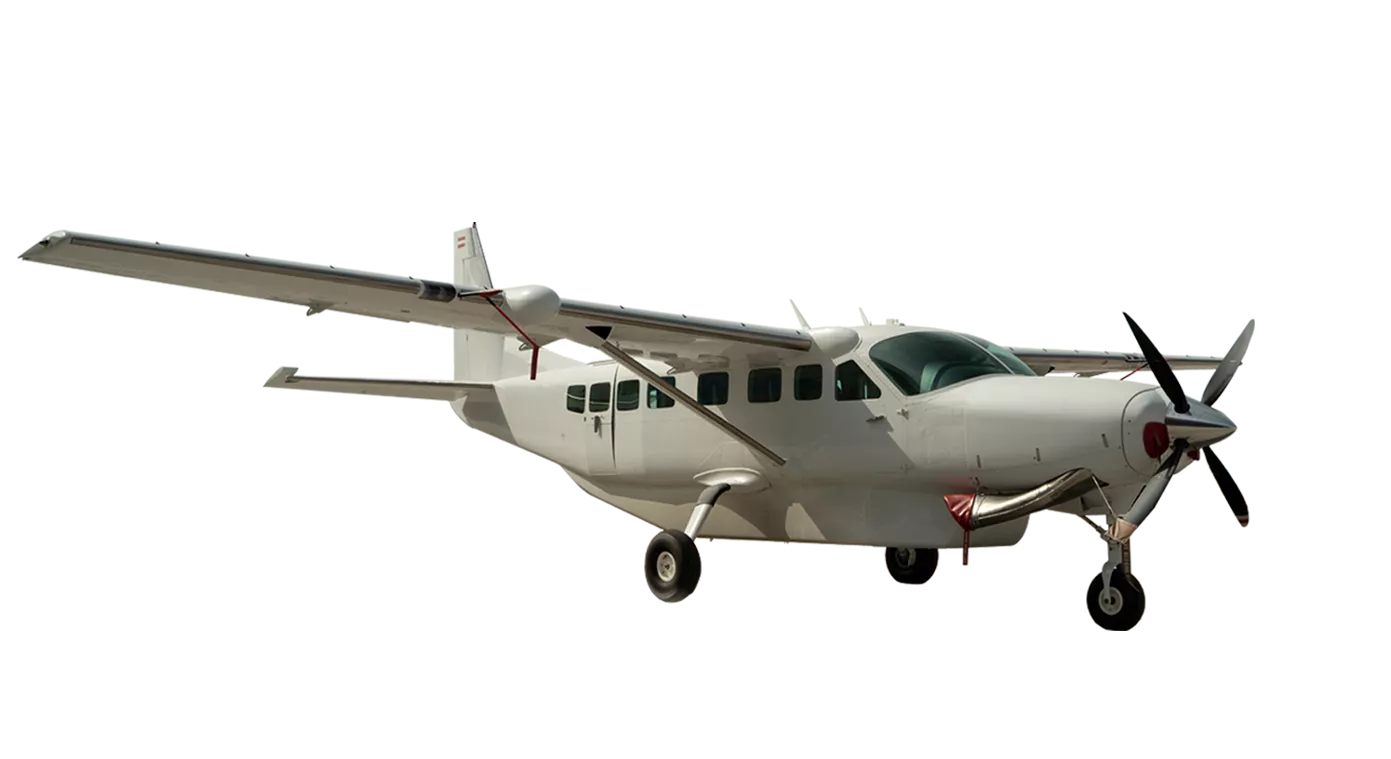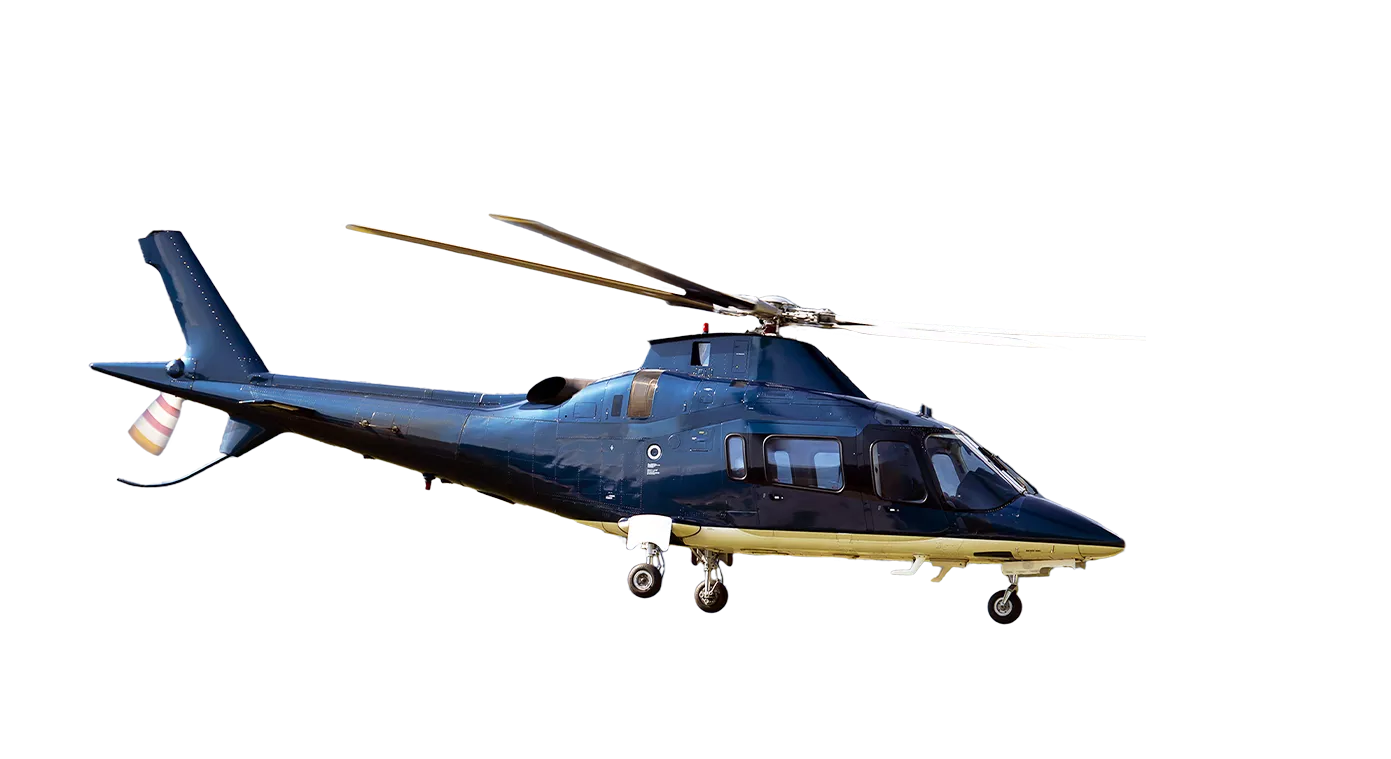



Flight Safety
"Flight Safety is a combination of various required conditions so a flight to reach its destination with the maximum safety. Therefore, flight safety is an interaction between rules, environmental influences and technical and human factors. Air safety is the desired optimal state in which operations are performed under conditions that can be controlled to the maximum possible and with minimum (tolerable) risk."
Konstantinos Sidiropoulos
Helicopters Chief Pilot at ifly S.A.
Flight Safety is the front piece and cornerstone of our company and it is achieved with systematic inspection and maintenance of our helicopters and airplanes in accordance with all international, European and national regulations and in accordance with the requirements of manufacturers for all types of aircrafts in our fleet.
The high standards set by the Company in maintaining the aircraft, educating and taking care of its staff (flying and technical personnel), enhance and maximize flight safety.
ifly S.A. is committed to the Principles and Laws to ensure the safest possible operations and meet the principles and expectations of its customers. ifly S.A. counts thousands of flying hours from its inception until today, a fact that clearly demonstrates the professionalism of its staff and the importance and gravity the Company gives to Flight Safety. Our philosophy is to keep our company healthy, dynamic, secure, and successfully focused on continuity of business activities and primarily flight operations.
Flight Safety
"Flight Safety is a combination of various required conditions so a flight to reach its destination with the maximum safety. Therefore, flight safety is an interaction between rules, environmental influences and technical and human factors. Air safety is the desired optimal state in which operations are performed under conditions that can be controlled to the maximum possible and with minimum (tolerable) risk."
Konstantinos Sidiropoulos
Helicopters Chief Pilot at ifly S.A.
Flight Safety is the front piece and cornerstone of our company and it is achieved with systematic inspection and maintenance of our helicopters and airplanes in accordance with all international, European and national regulations and in accordance with the requirements of manufacturers for all types of aircrafts in our fleet.
The high standards set by the Company in maintaining the aircraft, educating and taking care of its staff (flying and technical personnel), enhance and maximize flight safety.
ifly S.A. is committed to the Principles and Laws to ensure the safest possible operations and meet the principles and expectations of its customers. ifly S.A. counts thousands of flying hours from its inception until today, a fact that clearly demonstrates the professionalism of its staff and the importance and gravity the Company gives to Flight Safety. Our philosophy is to keep our company healthy, dynamic, secure, and successfully focused on continuity of business activities and primarily flight operations.
Flight Safety
"Flight Safety is a combination of various required conditions so a flight to reach its destination with the maximum safety. Therefore, flight safety is an interaction between rules, environmental influences and technical and human factors. Air safety is the desired optimal state in which operations are performed under conditions that can be controlled to the maximum possible and with minimum (tolerable) risk."
Konstantinos Sidiropoulos
Helicopters Chief Pilot at ifly S.A.
Flight Safety is the front piece and cornerstone of our company and it is achieved with systematic inspection and maintenance of our helicopters and airplanes in accordance with all international, European and national regulations and in accordance with the requirements of manufacturers for all types of aircrafts in our fleet.
The high standards set by the Company in maintaining the aircraft, educating and taking care of its staff (flying and technical personnel), enhance and maximize flight safety.
ifly S.A. is committed to the Principles and Laws to ensure the safest possible operations and meet the principles and expectations of its customers. ifly S.A. counts thousands of flying hours from its inception until today, a fact that clearly demonstrates the professionalism of its staff and the importance and gravity the Company gives to Flight Safety. Our philosophy is to keep our company healthy, dynamic, secure, and successfully focused on continuity of business activities and primarily flight operations.
Air Safety
Safety is the primary focus of ifly. From our pilot’s pre-flight check to safety briefings and aircraft inspections, everything focuses to achieve, enhance and guarantee a safe environment. ifly's flight and ground crews work together to ensure that the strictest safety protocols are followed.
Air Safety
Safety is the primary focus of ifly. From our pilot’s pre-flight check to safety briefings and aircraft inspections, everything focuses to achieve, enhance and guarantee a safe environment. ifly's flight and ground crews work together to ensure that the strictest safety protocols are followed.
Air Safety
Safety is the primary focus of ifly. From our pilot’s pre-flight check to safety briefings and aircraft inspections, everything focuses to achieve, enhance and guarantee a safe environment. ifly's flight and ground crews work together to ensure that the strictest safety protocols are followed.
Ground Safety

Safety is the primary focus of ifly. From our pilot’s pre-flight check, to safety briefings and aircraft inspections, everything focus to achieve, enhance and guarantee a safe environment. ifly’s flight and ground crews work together to ensure that the strictest safety protocols are followed.

All passengers boarding a helicopter, while the main rotor is operating, must be taught the safest way to do it.

The captain should always inform the passengers prior starting the engine, so as to ensure full understanding of all the emergency procedures. The exact procedures may differ slightly from one helicopter type to another, but the following should be observed as a general guide.
Ground Safety

Safety is the primary focus of ifly. From our pilot’s pre-flight check, to safety briefings and aircraft inspections, everything focus to achieve, enhance and guarantee a safe environment. ifly’s flight and ground crews work together to ensure that the strictest safety protocols are followed.

All passengers boarding a helicopter, while the main rotor is operating, must be taught the safest way to do it.

The captain should always inform the passengers prior starting the engine, so as to ensure full understanding of all the emergency procedures. The exact procedures may differ slightly from one helicopter type to another, but the following should be observed as a general guide.
Ground Safety

Safety is the primary focus of ifly. From our pilot’s pre-flight check, to safety briefings and aircraft inspections, everything focus to achieve, enhance and guarantee a safe environment. ifly’s flight and ground crews work together to ensure that the strictest safety protocols are followed.

All passengers boarding a helicopter, while the main rotor is operating, must be taught the safest way to do it.

The captain should always inform the passengers prior starting the engine, so as to ensure full understanding of all the emergency procedures. The exact procedures may differ slightly from one helicopter type to another, but the following should be observed as a general guide.
During embarkation or disembarkation of a helicopter
Stay away from the back of the helicopter.
Crouch while approaching or moving away from the helicopter.
Approach the helicopter from the side, but never outside the line of sight of the pilot. Many helicopters have low main rotor wings due to forming of the landing gear. For this reason, it is unanimously accepted for staff to approach from the sides of the helicopter. Passengers should always be aware that they should not approach the helicopter from behind, because of the risk of the tail rotor wings.
Tools must be moved horizontally below the waist - Never upright or over the shoulder.
Never try to catch a hat or any other object which has been drifted away by the down-wash of the rotor.
Protect your eyes with your hands.
If suddenly blinded by dust or object due to the downwash, stop and bend down. It is even better to sit and wait for someone to help you.
Never fumble or try to find your way to or away from the helicopter by sensing but only by watching.
Protect your hearing by wearing earplugs.
During embarkation or disembarkation of a helicopter
Stay away from the back of the helicopter.
Crouch while approaching or moving away from the helicopter.
Approach the helicopter from the side, but never outside the line of sight of the pilot. Many helicopters have low main rotor wings due to forming of the landing gear. For this reason, it is unanimously accepted for staff to approach from the sides of the helicopter. Passengers should always be aware that they should not approach the helicopter from behind, because of the risk of the tail rotor wings.
Tools must be moved horizontally below the waist - Never upright or over the shoulder.
Never try to catch a hat or any other object which has been drifted away by the down-wash of the rotor.
Protect your eyes with your hands.
If suddenly blinded by dust or object due to the downwash, stop and bend down. It is even better to sit and wait for someone to help you.
Never fumble or try to find your way to or away from the helicopter by sensing but only by watching.
Protect your hearing by wearing earplugs.
During embarkation or disembarkation of a helicopter
Stay away from the back of the helicopter.
Crouch while approaching or moving away from the helicopter.
Approach the helicopter from the side, but never outside the line of sight of the pilot. Many helicopters have low main rotor wings due to forming of the landing gear. For this reason, it is unanimously accepted for staff to approach from the sides of the helicopter. Passengers should always be aware that they should not approach the helicopter from behind, because of the risk of the tail rotor wings.
Tools must be moved horizontally below the waist - Never upright or over the shoulder.
Never try to catch a hat or any other object which has been drifted away by the down-wash of the rotor.
Protect your eyes with your hands.
If suddenly blinded by dust or object due to the downwash, stop and bend down. It is even better to sit and wait for someone to help you.
Never fumble or try to find your way to or away from the helicopter by sensing but only by watching.
Protect your hearing by wearing earplugs.

Created by

Created by

Created by















